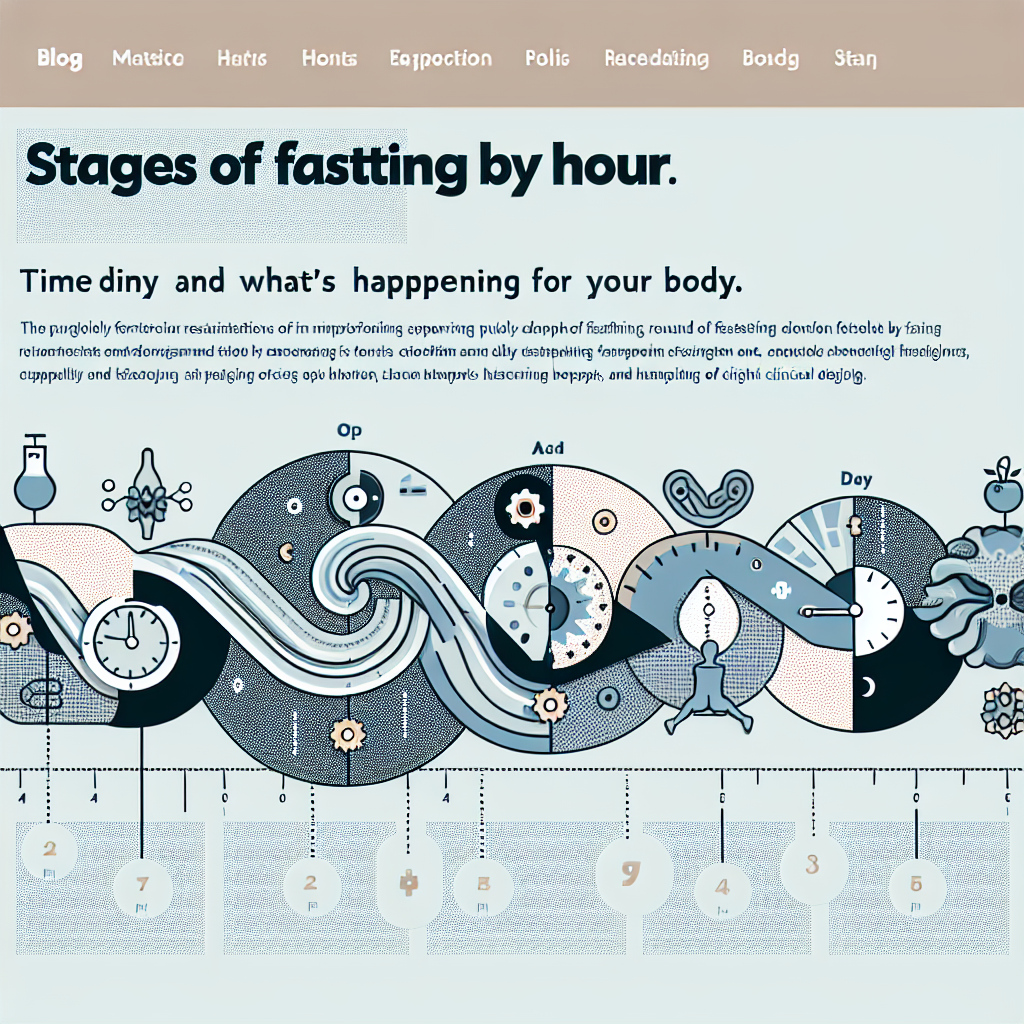Meal-replacement products can be a practical tool when managing blood sugar, weight, or busy schedules, but choosing the right option matters. If you’re exploring diabetic meal replacement shakes as part of a diabetes care plan, this guide explains how to evaluate formulas, use them safely, and find options that taste good while supporting stable glucose levels.
Diabetic meal-replacement shakes: what to look for
Not all nutritional drinks are created equal. Look beyond marketing claims and check labels for total carbohydrates, added sugars, fiber, protein, healthy fats, sodium, and micronutrients. For many people with diabetes, a balance of moderate carbohydrates, at least 10–20 grams of protein, and 3–5 grams of fiber per serving can help blunt post-meal glucose spikes. Lower added sugars and a source of healthy fat (like canola or sunflower oil) can also improve glycemic response.
Key nutrients and label reading
- Carbohydrates: Note total carbs and how many are from sugars. Some shakes use sugar alcohols—these don’t count the same on nutrition labels and can affect digestion.
- Fiber: Soluble fiber helps slow absorption. Aim for 3+ grams if possible.
- Protein: 10–20 g per serving supports satiety and muscle maintenance; higher-protein formulas are useful for weight loss and blood-sugar control.
- Sodium and micronutrients: People on restricted diets should check sodium and vitamin/mineral content to avoid excesses or gaps.
Types and practical use
Shakes come as powders, ready-to-drink (RTD) bottles, or supermarket mixes. Powders let you control concentration and portion size, while RTDs are convenient and consistent. Use meal replacements to replace one meal a day, during travel, or when you need a measured portion for calorie control. Pair a shake with a small whole-food snack (e.g., a handful of nuts or a salad) when you need extra fiber or volume to feel satisfied.
Choosing the best meal replacement shakes for diabetics
When searching for the best meal replacement shakes for diabetics, prioritize low added sugar, moderate carbs, and a good protein-to-carb ratio. Clinical nutrition brands and diabetes-focused products often include more fiber and fewer simple sugars than general “weight-loss” shakes. Taste is subjective, so sample small bottles if possible. If your question is what are the best tasting diabetic meal replacement shakes, consider trialing different flavors (vanilla, chocolate, fruit) or thinning powders with unsweetened almond milk to improve palatability without adding sugar.
Safety, monitoring, and who should consult a clinician
Always discuss meal replacements with your healthcare team, especially if you use insulin or diabetes medications that can cause hypoglycemia. Replace a meal conservatively at first and monitor blood glucose for several hours afterward to learn how a product affects you. Some people—pregnant women, those with kidney disease, or people recovering from illness—should avoid routine meal replacements without medical supervision.
For broader guidance on healthy eating and diabetes, reputable public health sources offer evidence-based recommendations. Refer to the CDC’s advice for people managing diabetes for general dietary strategies and tips: CDC guidance on healthy eating for people with diabetes.
Emerging programs and studies sometimes evaluate restrictive meal-replacement approaches combined with other interventions; if you’re curious about structured shake-and-soup approaches, read research summaries and consult clinicians before trying a medically supervised protocol. One useful overview of a UK trial combining soups and shakes is available for understanding the model and outcomes: NHS soup-and-shake diet study.
Taste tips and customization
If taste is a barrier, small adjustments can help: blend shakes with ice and cinnamon or unsweetened cocoa, add a quarter cup of frozen berries, or mix in a spoon of peanut butter for flavor and extra protein. These tweaks affect carbohydrate and calorie totals, so log changes and retest your blood sugar if you’re managing tightly. For questions like what are the best tasting diabetic meal replacement shakes, user reviews and small sample packs are valuable for finding an enjoyable option that still meets nutritional goals.
- Takeaways:
- Choose shakes with moderate carbs, low added sugars, adequate protein, and at least some fiber.
- Use meal replacements selectively—replace one meal or as directed by your care team—and monitor glucose responses.
- Try different flavors and minor mix-ins to improve taste while tracking nutrition changes.
- Consult healthcare providers if you use insulin, have comorbid conditions, or need a long-term nutrition plan.
Can diabetic meal replacement shakes replace every meal?
Short-term use is possible, but long-term exclusive reliance on shakes may miss the benefits of whole foods (variety of phytochemicals, chewing, and social eating). Work with a dietitian to create a balanced plan if considering frequent meal replacements.
How do I find the best product for my blood sugar?
Compare labels for carbs, sugars, fiber, and protein; start with a single product for a few days and monitor post-meal glucose. Discuss options with your diabetes care team, especially if you take medications that raise hypoglycemia risk.
Are ready-to-drink shakes better than powders?
RTDs are convenient and consistent; powders offer flexibility in portion size and mixing. Both can be appropriate—choose based on lifestyle, budget, and how each option affects your glucose levels.






